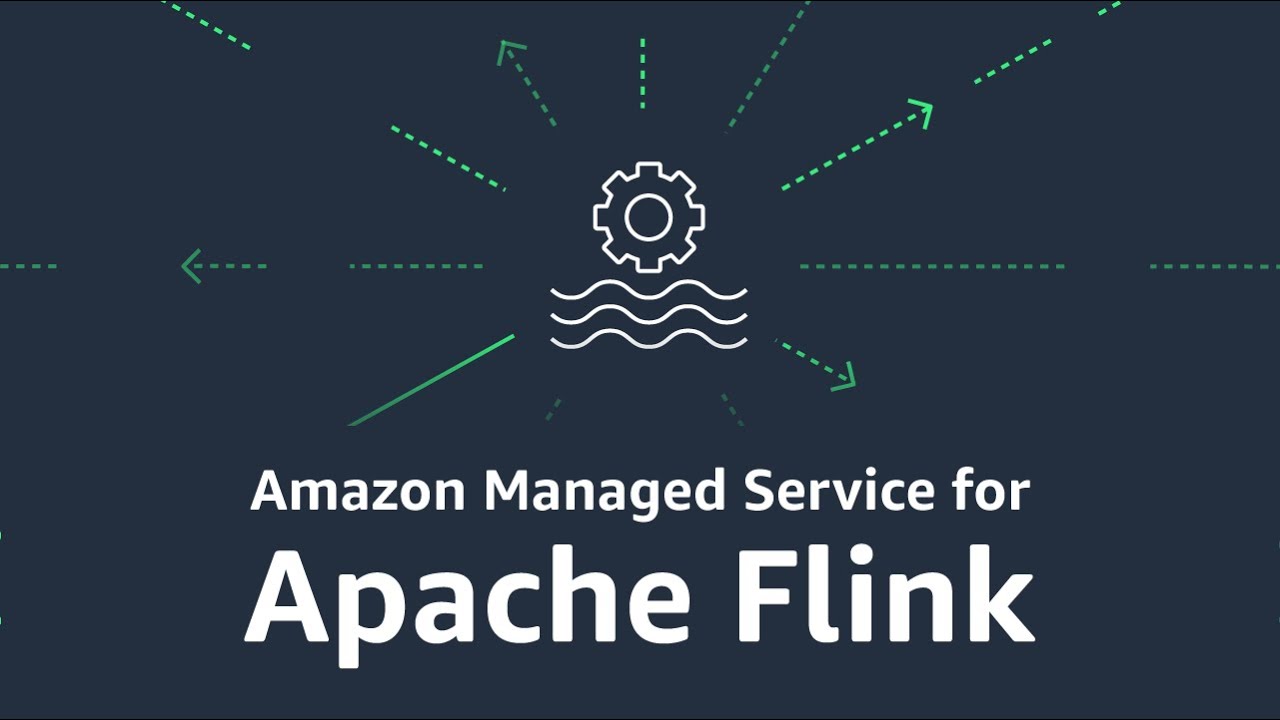A Beginner's Guide to Implementing Managed Apache Flink in AWS
 Sumit Mondal
Sumit Mondal
Introduction:
Apache Flink, an open-source stream processing framework, has gained popularity for its ability to handle large-scale data processing efficiently. In this blog, we'll explore how to implement Managed Apache Flink in AWS. Managed services simplify the deployment and management of applications, allowing you to focus on building and optimizing your data processing pipelines.
Step 1: Setting Up AWS Account and Services
Firstly, make sure you have an AWS account. Once you are logged in, navigate to the AWS Management Console and open the Amazon Kinesis page. Create a new Kinesis Data Analytics application, which will be our Managed Apache Flink environment.
Step 2: Create a Kinesis Data Stream
To start streaming data into Flink, you need a data stream. Create a Kinesis Data Stream in the AWS Management Console. This stream will act as the source for your Flink application.
Step 3: Develop Flink Application
Next, you'll need to write your Flink application. For simplicity, let's consider a basic word count example. The application reads data from the Kinesis stream, processes it, and writes the results to another stream.
Here is a minimal example in Java:
import org.apache.flink.streaming.api.datastream.DataStream;
import org.apache.flink.streaming.api.environment.StreamExecutionEnvironment;
public class WordCount {
public static void main(String[] args) throws Exception {
final StreamExecutionEnvironment env = StreamExecutionEnvironment.getExecutionEnvironment();
DataStream<String> input = env.addSource(new KinesisSourceFunction<>("your-stream-name", "your-region"));
DataStream<Tuple2<String, Integer>> counts = input
.flatMap(new Tokenizer())
.keyBy(0)
.sum(1);
counts.print();
env.execute("WordCount");
}
}
This example assumes you have a Tokenizer function that splits the input strings into words.
Step 4: Package and Upload Flink Application
Package your Flink application as a JAR file and upload it to AWS S3 or any other storage service you prefer. Make sure to include all the dependencies in your JAR file.
Step 5: Configure Kinesis Data Analytics Application
Go back to your Kinesis Data Analytics application on the AWS Management Console. In the application details, choose "Connect to a source" and select your Kinesis Data Stream. Then, choose "Add destination" and specify another Kinesis stream for the output.
Upload your packaged JAR file and configure the application settings such as parallelism, memory, and timeout.
Step 6: Deploy and Monitor
Finally, deploy your Managed Apache Flink application. AWS will take care of the underlying infrastructure, scaling, and monitoring. You can monitor the application's performance through the AWS Management Console or integrate with other AWS services for more in-depth analysis.
Conclusion:
Implementing Managed Apache Flink in AWS simplifies the deployment and management of real-time data processing applications. By following these easy steps, you can get started with building your own Flink applications on AWS, focusing on the logic of your data processing rather than the intricacies of infrastructure management.
Subscribe to my newsletter
Read articles from Sumit Mondal directly inside your inbox. Subscribe to the newsletter, and don't miss out.
Written by

Sumit Mondal
Sumit Mondal
Hello Hashnode Community! I'm Sumit Mondal, your friendly neighborhood DevOps Engineer on a mission to elevate the world of software development and operations! Join me on Hashnode, and let's code, deploy, and innovate our way to success! Together, we'll shape the future of DevOps one commit at a time. #DevOps #Automation #ContinuousDelivery #HashnodeHero